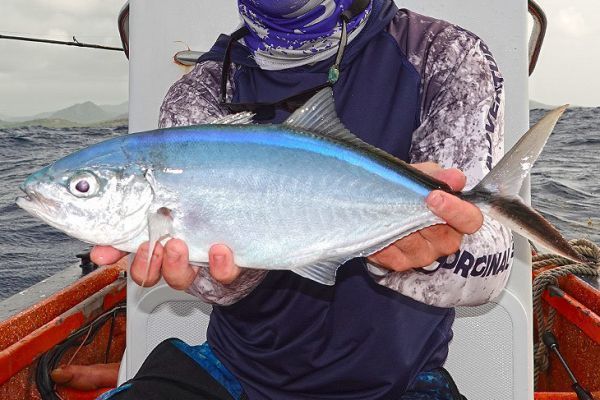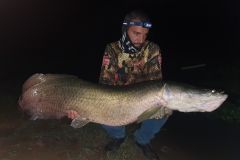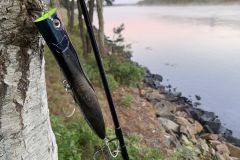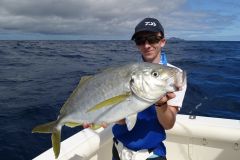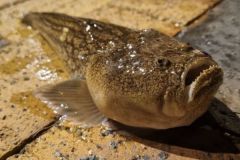Scientific name
Caranx ruber (Bloch, 1793)
Also called blue jack, comade jack or pisquette jack. In English, bar jack or crevalle jack
Morphology
The blue trevally has a streamlined silhouette that enables it to swim at high speed. It has one large eye and a wide-slit mouth. Its shape is perfectly smooth, with a magnificent bluish stripe running down its back to its tail. This little trevally has a silvery belly.
Fishing spots
This species is found in the Caribbean, where it is the most common of the jacks. It can also be found in the Gulf of Mexico, Bermuda, Brazil and, more occasionally, in the Azores archipelago. It hunts in moderate depths not far from the coast, often up to 30 meters deep.
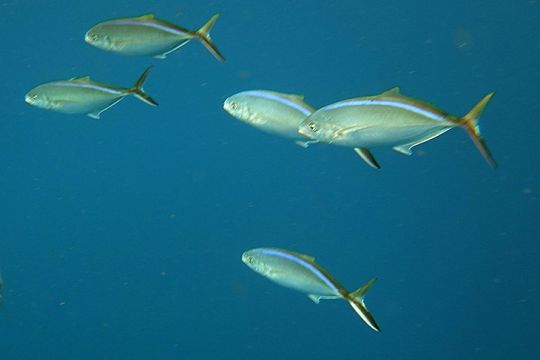
It hunts in sometimes dense shoals.
Fishing techniques
This small trevally feeds on small fish. It can be fished with livebaits or lures, particularly small jigs, at depths of 10 to 20 metres.
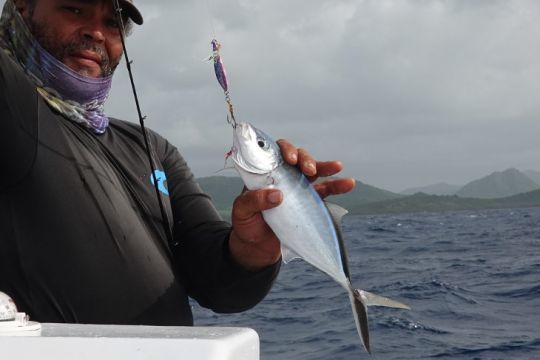
It can also be fished with hard lures, the small popper being the most fun to get them to the surface.
Reproduction
Large gatherings of blue trevally are seen during the breeding season, which can take place all year round. However, activity is most intense from February to August. Like many pelagic species, the larvae are carried by the currents.
Size and weight
- Catch size (legal minimum): none, I recommend 31 cm
- Size at sexual maturity: 31 cm
- Average size: 45 cm
- Maximum size: 75 cm (8.5 kg)
- World record: 3.32 kg - 54 cm (Martin Vaz archipelago, Brazil, 04/05/2012)
Good to know
It's an opportunistic fish that approaches other species to steal food at the slightest opportunity. When fishing it, you'll regularly catch blue trevally doubled with another species on the same lure.

 /
/ 